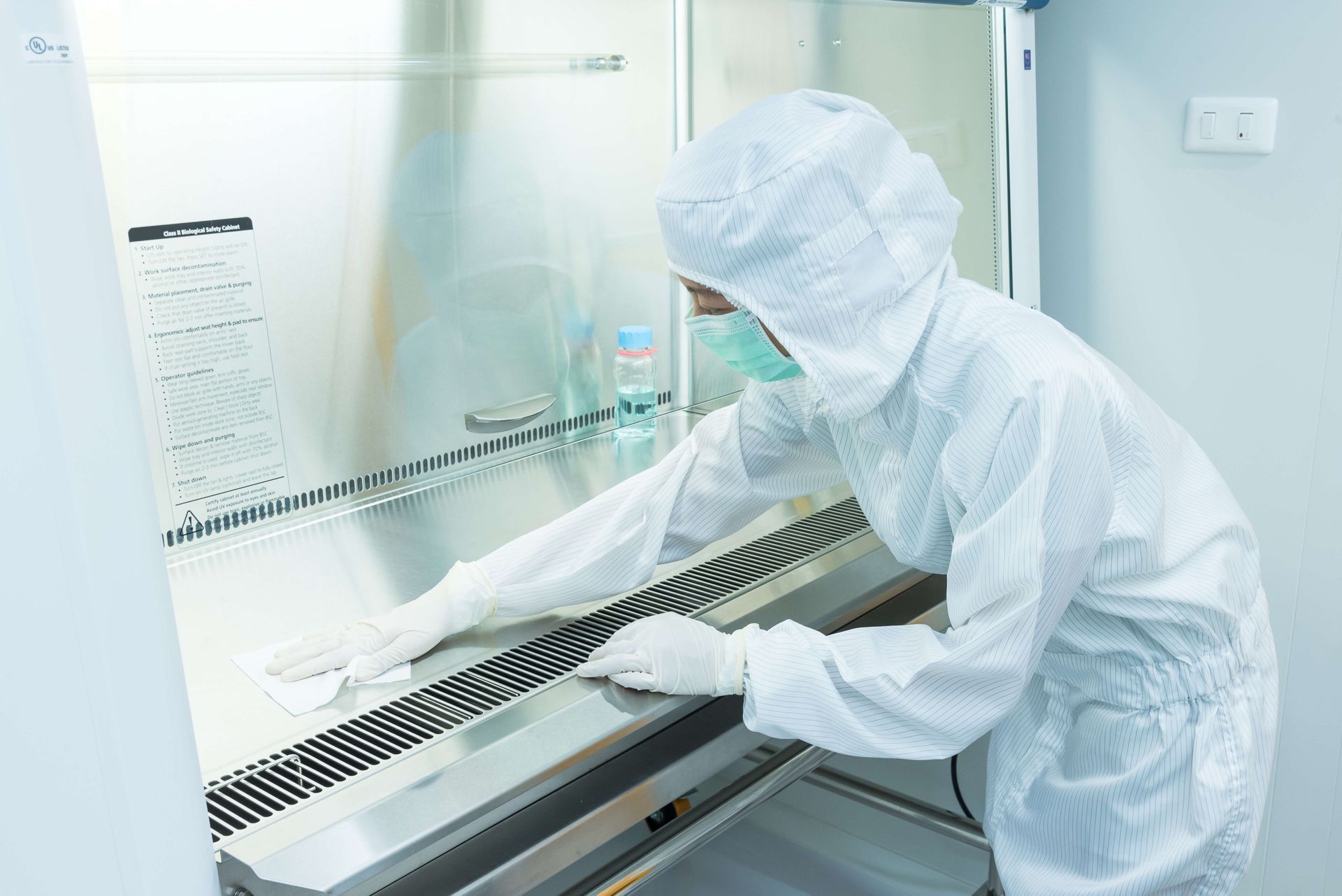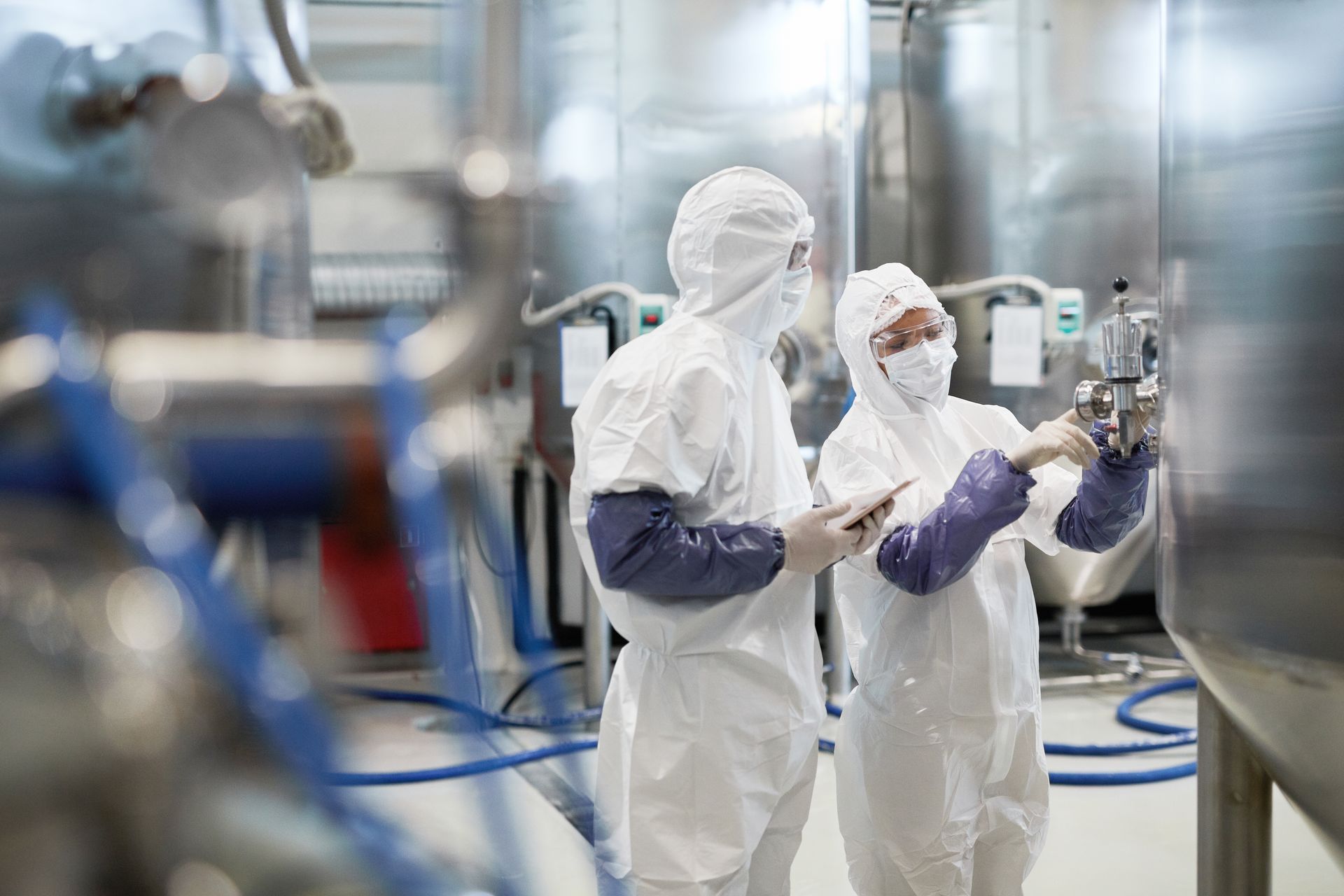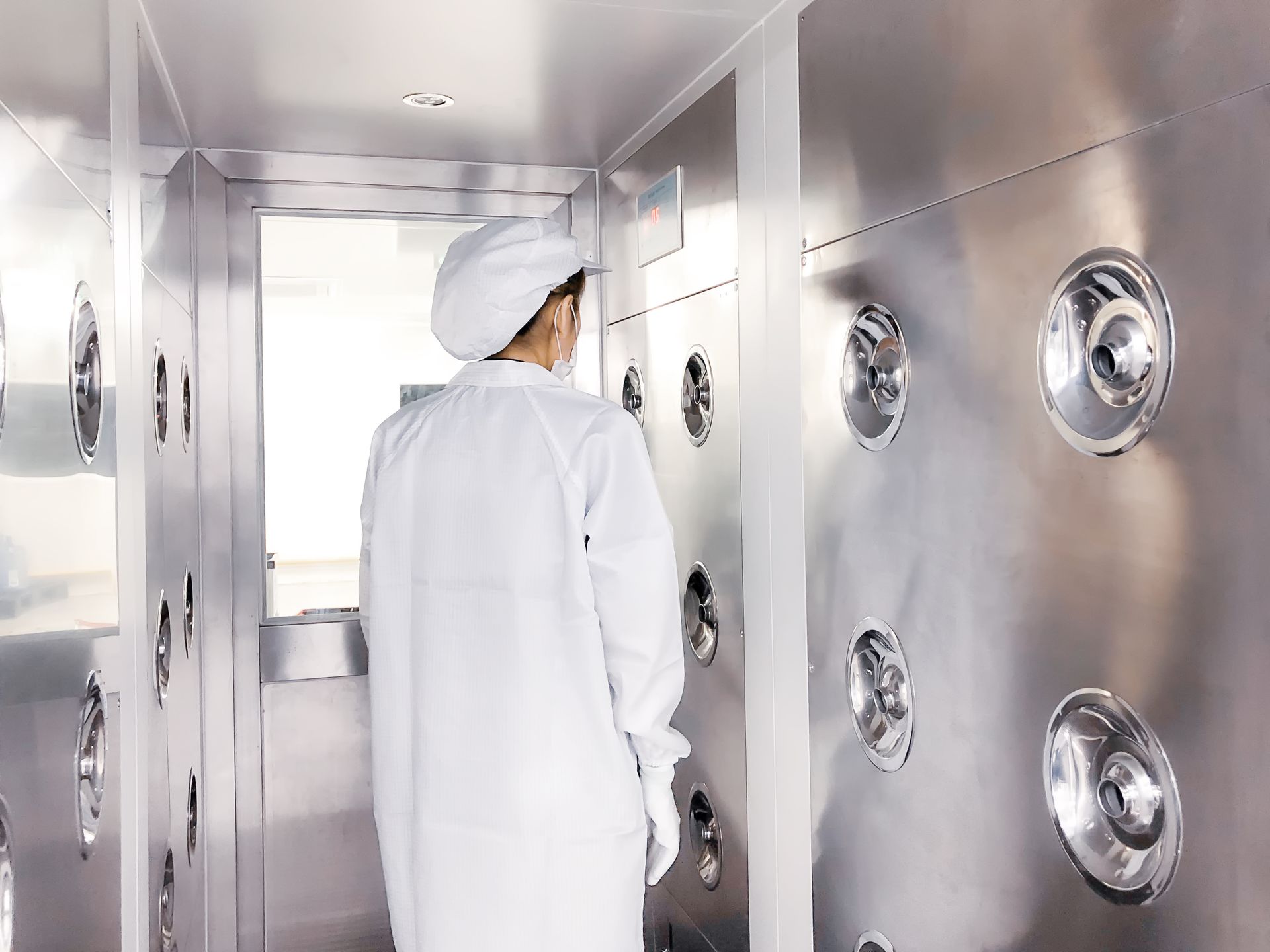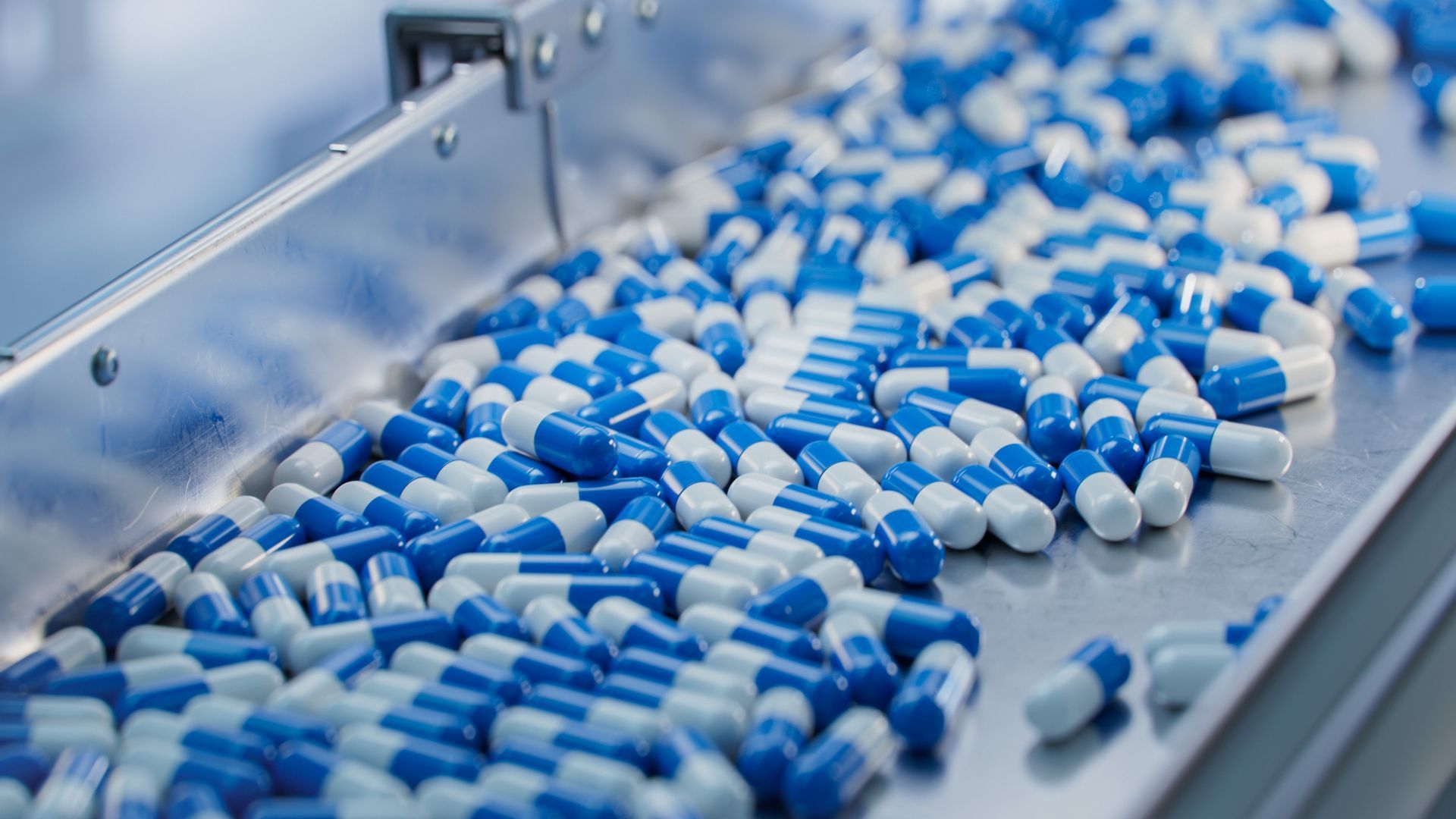The Importance of Cleanroom Maintenance and Cleaning Schedules

Introduction
Cleanrooms are highly controlled environments designed to minimize the presence of contaminants such as dust, airborne particles, microorganisms, and chemical vapors. These contaminants can be harmful to the sensitive processes carried out in industries like pharmaceuticals, biotechnology, aerospace, microelectronics, and healthcare. The effectiveness of a cleanroom relies on maintaining stringent environmental controls, which is why regular maintenance and cleaning schedules are essential. This article delves into the importance of cleanroom maintenance and the need for structured cleaning schedules to ensure optimal performance, product quality, and safety.
1. Understanding Cleanrooms and Contamination Control
A cleanroom is a controlled environment where parameters like air quality, temperature, humidity, and particle count are strictly regulated. These rooms are classified based on the number of particles per cubic meter of air, with each classification specifying a maximum threshold for airborne contaminants. For example, an ISO Class 1 cleanroom allows only 12 particles per cubic meter, while a Class 9 cleanroom allows up to 35,200,000 particles.
Contaminants in a cleanroom can arise from various sources, including:
- Personnel: Skin flakes, hair, and oils from human bodies are significant contributors.
- Materials: Packaging materials, equipment, and supplies can introduce particles and microorganisms.
- Processes: Operations such as soldering, painting, or chemical handling can release particulates and volatile organic compounds (VOCs).
- Airflow and Ventilation Systems: Even small inefficiencies in filtration or airflow patterns can lead to contamination.
In industries where microscopic contamination can compromise product integrity, such as semiconductor manufacturing or drug production, cleanroom standards must be met meticulously. A single lapse in cleanliness can result in costly production failures, product recalls, regulatory non-compliance, and potentially endanger human lives.
2. The Importance of Cleanroom Maintenance
Proper maintenance ensures that cleanrooms continuously meet stringent operational standards. Cleanroom maintenance extends beyond simple cleaning— it includes regular inspection, calibration, and repair of the infrastructure, air filtration systems, and environmental control equipment. Key areas where maintenance is critical include:
a) HVAC and Air Filtration Systems
HVAC (Heating, Ventilation, and Air Conditioning) systems are the backbone of any cleanroom. These systems control airflow, temperature, and humidity, all of which are essential in minimizing airborne particles. The air is filtered through HEPA (High-Efficiency Particulate Air) or ULPA (Ultra-Low Penetration Air) filters, which need regular maintenance and replacement. If filters become clogged or inefficient, contaminants can bypass filtration, putting cleanroom integrity at risk. Regular inspection and validation of these systems are crucial for maintaining proper airflow patterns and particle control.
b) Environmental Monitoring Systems
Cleanrooms are outfitted with various monitoring systems that track temperature, humidity, pressure differentials, and particle counts. These systems must be calibrated periodically to ensure accurate readings. Failure to maintain these systems can result in undetected shifts in environmental conditions, which could lead to contamination.
c) Surfaces, Equipment, and Furniture
All surfaces in a cleanroom, from workbenches to walls, must be designed to minimize particle accumulation and facilitate easy cleaning. Any scratches, dents, or porous materials can become breeding grounds for microorganisms or places where dust accumulates. Equipment maintenance involves not only cleaning but also ensuring that machines operate without generating excess particles or emissions.
d) Personnel Protocols
Personnel are one of the most significant contamination sources in cleanrooms. Proper training, gowning procedures, and adherence to operational protocols are critical. However, even with perfect behavior, cleanroom garments, gloves, and other personal protective equipment (PPE) degrade over time. Regular inspection of PPE, replacement of worn garments, and retraining staff on contamination risks are key aspects of ongoing cleanroom maintenance.
3. The Role of Cleaning Schedules
A well-structured cleaning schedule is fundamental in maintaining cleanroom standards. The cleaning process itself needs to be meticulous, as improper cleaning can introduce more contaminants than it removes. Cleanroom cleaning must adhere to specific protocols, including the use of approved cleaning agents, specialized equipment, and techniques designed to avoid spreading contaminants.
a) Regularity of Cleaning
How often a cleanroom is cleaned depends on its classification, use, and contamination risks. High-class cleanrooms, like those in the semiconductor industry (ISO Class 1 or 2), may require daily or even hourly cleaning. Lower-class cleanrooms (e.g., Class 8 or 9) may require less frequent cleaning, but should still follow a strict schedule to avoid contamination buildup.
A typical cleaning schedule might involve:
- Daily cleaning: Wiping down surfaces, cleaning floors, and disinfecting door handles or equipment surfaces.
- Weekly cleaning: Deeper cleaning tasks like cleaning walls, ceilings, and more intensive equipment disinfection.
- Monthly or Quarterly cleaning: HEPA filter validation, deep cleaning of hard-to-reach areas, and full equipment calibration.
b) Specialized Cleaning Procedures
Different areas of the cleanroom may require specific cleaning approaches. For example, areas near entrances (airlocks or gowning rooms) tend to have higher contamination risks, so they may require more frequent and thorough cleaning than the interior spaces. Similarly, areas where high-risk processes are carried out, such as sterile drug production, will require stringent cleaning procedures and sterilization techniques.
c) Cleaning Agents and Methods
The cleaning agents used in cleanrooms must be carefully selected to avoid introducing harmful chemicals, residues, or particles. Some common cleaning agents include isopropyl alcohol (IPA), hydrogen peroxide, and quaternary ammonium compounds. The tools used, such as lint-free wipes, vacuum cleaners with HEPA filters, and non-shedding mops, are also critical in preventing contamination.
Cleaning methods typically follow a top-down approach, starting from the ceilings and working down to the floors to avoid spreading contaminants. In some industries, specialized techniques like fogging or sterilization with vaporized hydrogen peroxide may be employed to achieve ultra-clean environments.
4. Benefits of Adhering to a Cleanroom Maintenance and Cleaning Schedule
a) Enhanced Product Quality
Regular maintenance and cleaning minimize the presence of contaminants, ensuring that products—whether they are pharmaceuticals, semiconductors, or medical devices—meet high-quality standards. This is particularly crucial in industries where even the smallest contaminant can render a product unusable, such as microelectronics, where particles can cause circuitry failures.
b) Regulatory Compliance
Many industries are subject to strict regulatory oversight, with governing bodies like the FDA, ISO, and EU GMP (Good Manufacturing Practices) setting forth guidelines for cleanroom operations. Failing to maintain proper cleanliness and environmental conditions can lead to non-compliance, product recalls, or even plant shutdowns. Regular cleaning and maintenance help ensure that cleanrooms remain compliant with all relevant regulations.
c) Increased Equipment Longevity
Cleanrooms house expensive equipment, and contamination can cause damage or malfunctions. For example, particle build-up in sensitive manufacturing tools can cause inaccuracies or downtime. Regular maintenance, including cleaning, calibration, and repair of equipment, ensures a longer lifespan and smoother operation, preventing costly repairs and replacements.
d) Safety of Personnel and Patients
In industries such as pharmaceuticals or healthcare, cleanroom contamination can directly impact human health. For instance, in sterile drug production, microbial contamination could lead to patient infections or compromised drug efficacy. Regular maintenance and cleaning schedules reduce these risks, ensuring that products remain sterile and safe for use.
e) Cost Savings
While cleanroom maintenance and cleaning may seem like a significant expense, the costs associated with contamination—lost production time, damaged products, equipment failures, and regulatory penalties—far outweigh the price of regular upkeep. Proactively maintaining a cleanroom can prevent costly incidents, reduce waste, and increase operational efficiency.
Conclusion
Cleanroom maintenance and cleaning schedules are essential components of contamination control. Without rigorous maintenance and structured cleaning routines, cleanrooms would quickly become ineffective, risking product quality, regulatory compliance, and personnel safety. Industries that rely on cleanrooms must prioritize regular inspection, calibration, and cleaning to ensure that they meet the highest standards of cleanliness and performance.
By adhering to a comprehensive maintenance and cleaning schedule, companies can safeguard their operations, protect their reputation, and ensure that their products are both safe and effective.
Read more: All About Cleanrooms - The ultimate Guide






